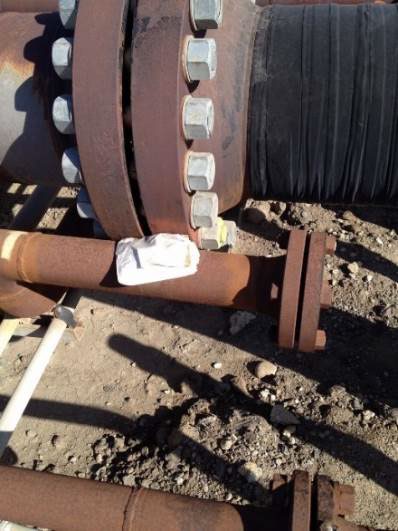EXPERT TIP #29: THE IMPORTANCE OF ELECTRICAL ISOLATION FOR BURIED PIPELINES
Electrical Isolation and Pipelines
Electrical isolation for buried or submerged pipelines is crucial for cathodic protection and the overall operational integrity of the pipeline. Effective electrical isolation can provide many technical advantages for pipeline operators.
Key reasons why electrical isolation is important for these pipelines:
- Corrosion Prevention: Corrosion is a significant threat to buried or submerged pipelines, especially in environments that contain elevated levels of dissolved salts. When pipelines are in contact with the surrounding soil or water, a corrosive electrochemical process known as galvanic corrosion can occur. This happens when dissimilar metals are used in the construction of the pipeline or if the pipeline is electrically connected to a foreign structure that has a different structure-to-soil potential, i.e., a copper grounding system, thereby creating a corrosion cell. By providing electrical isolation between the two dissimilar metals, the electrical connection can be broken, minimizing the potential for galvanic corrosion.
- Cathodic Protection: Cathodic protection is a technique used to prevent corrosion on pipelines. Electrical isolation used to isolate sections of pipe allows for effective cathodic protection because it prevents the loss of needed CP current to foreign structures or pipelines. This process ensures that the protective CP currents are directed where they are needed, maximizing corrosion prevention efforts.
- Maintenance and Inspection: Electrical isolation can provide easier maintenance and inspection of the pipeline. It allows various pipeline sections to be individually monitored, assessed and maintained without interactions with other pipelines.
How Electrical Isolation Works
Electrical isolation for buried pipelines is vital for preventing corrosion, ensuring safety, enabling effective cathodic protection, facilitating maintenance and promoting pipeline longevity. It is an essential element of pipeline design and operation that contributes to the overall reliability and sustainability of the pipeline system.
Electrical isolation of pipelines is primarily accomplished by the installation of dielectric isolation fittings. Typical examples of these fittings are isolating flange kits, dielectric isolating unions, isolating couplings and monolithic isolation joints (MIJ).
Below are examples of the several types of dielectric isolation fittings used to electrically isolate pipeline sections.
|
INSULATING FLANGE KIT |
|
|
INSULATING COUPLING |
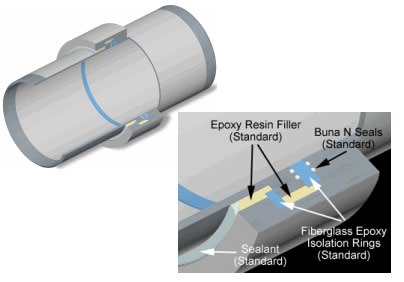 MONOLITHIC ISOLATION JOINT MONOLITHIC ISOLATION JOINT |
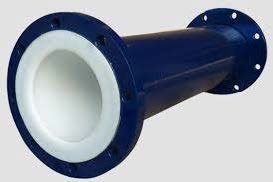
INTERNALLY COATED SPOOL –
REQUIRES TWO INSULATING FLANGE KITS
Electrical Shorts
Installation of the appropriate dielectric fitting in a pipe system is important to sectionalize and control the amount of pipe to cathodically protect. As important as it is to install the dielectric insulating fittings, ensuring that the pipeline does not inadvertently contact a foreign metallic structure is equally important. This contact with another metal structure is commonly referred to as an “electrical short” or “short.” This metal-to-metal contact with foreign structures can be caused by many sources, and shorts can exist either above ground or below ground.
A short to a foreign metallic structure usually results in significantly reducing or nullifying the effectiveness of the installed insulating fittings and the cathodic protection system. The following photographs provide examples of electrical shorts on a pipeline.
|
Short to Foreign Pipe |
Short to Electrical Conduit |
|
Thermal Insulation with Wire Mesh Shorting the Dielectric Insulating Flange |
Pipe Shorted to Concrete Reinforcing Bar |
|
Pipe Shorted to a Pipeline Casing |
Pipe Shorted to a Pipe Rack I-beam |
|
Pipe Shorted to a Concrete Reinforcing Bar |
|
|
|
Pipe Shorted to a Crossing Foreign Pipeline. |
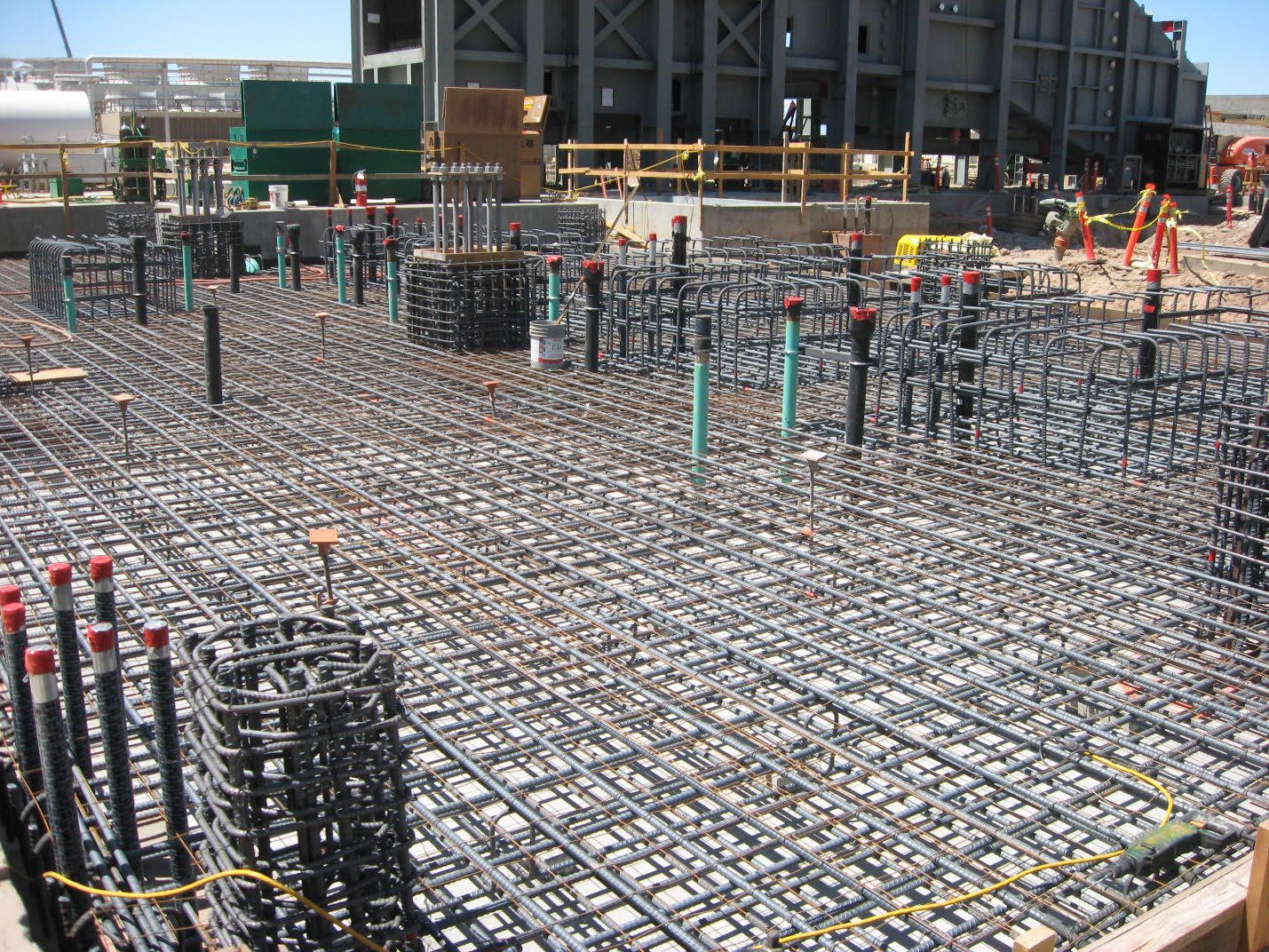
All Green Pipeline Risers MUST be Electrically Isolated from the Concrete Reinforcing Bar
Electrical Isolation Issues
There are many situations and equipment along the pipeline that can cause electrical isolation issues. These include motor-operated valves, pig signals, temperature probes, flow meters, pipeline taps, bridge crossings and more. Careful design and attention to installation procedures are required to ensure that structures such as these are properly isolated, electrically, from the pipeline.
Other Possible Electrical Isolation Problems
Pipeline pigging can also present problems for electrical isolation. As the pig pushes sediments, oxides or other internal pipeline contaminants (which can be electrically conductive) through the pipeline and across a dielectric isolation flange, these contaminants can electrically bridge or short the Isolating gap in the flange. This can reduce the effectiveness of the isolating flange kit, or in some cases, result in a completely shorted flange. The good news is that there are solutions to this problem, such as a monolithic isolating joint and internally coated pipeline spools. (Photos shown above)



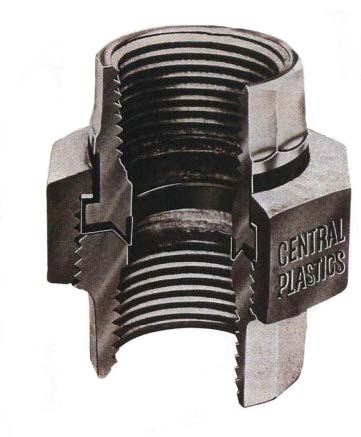 INSULATING UNION
INSULATING UNION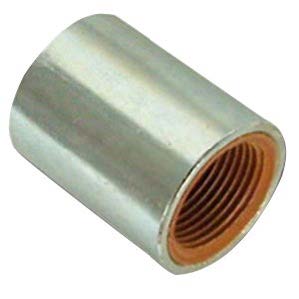
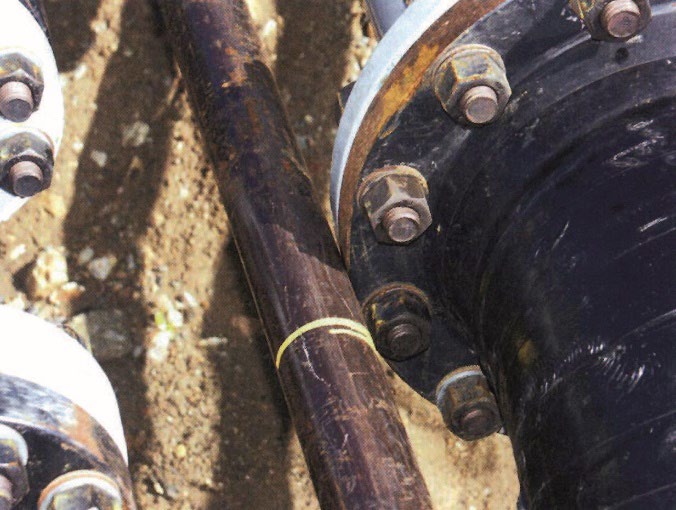
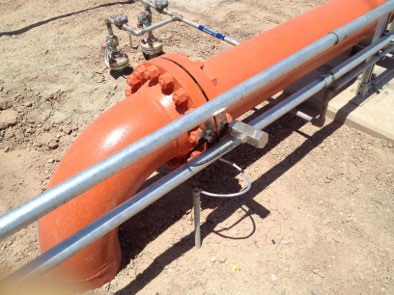
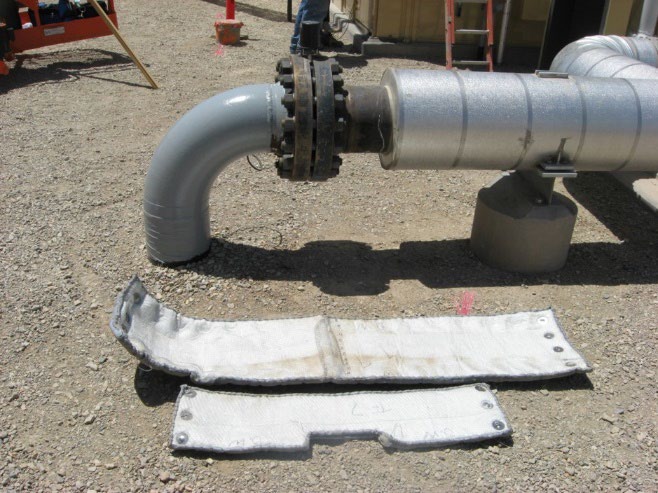

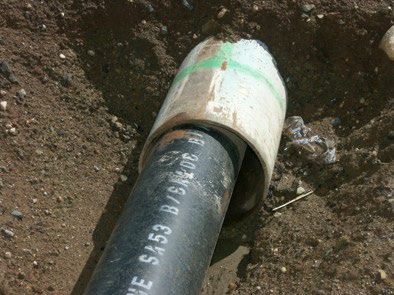
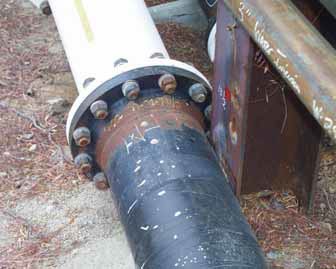
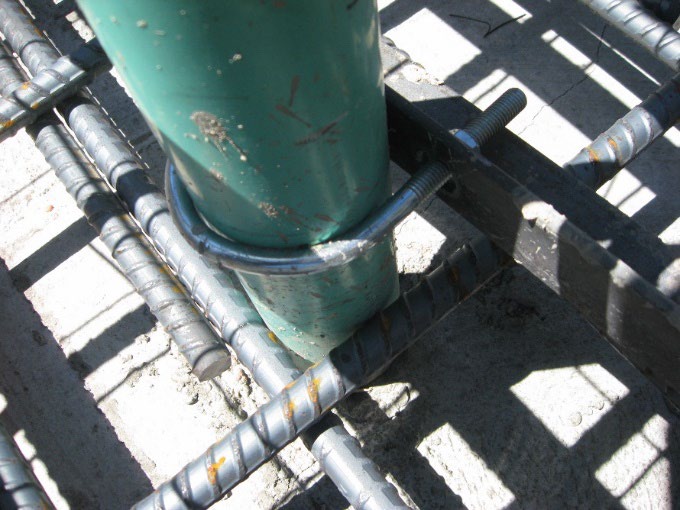
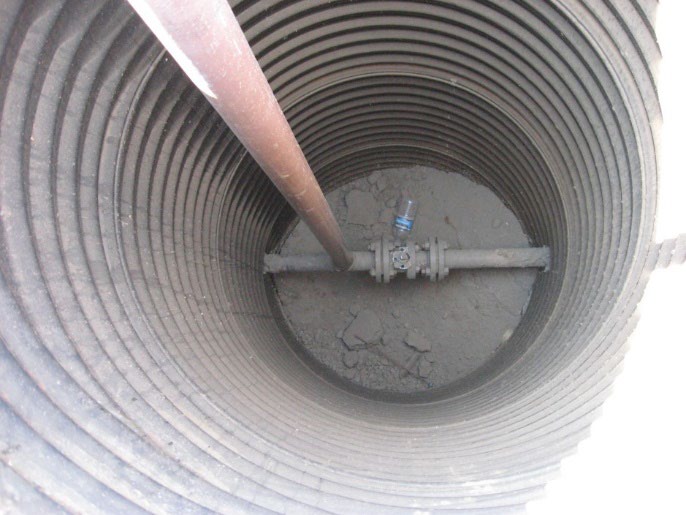 Pipe Shorted to Vertical Steel Riser Duct
Pipe Shorted to Vertical Steel Riser Duct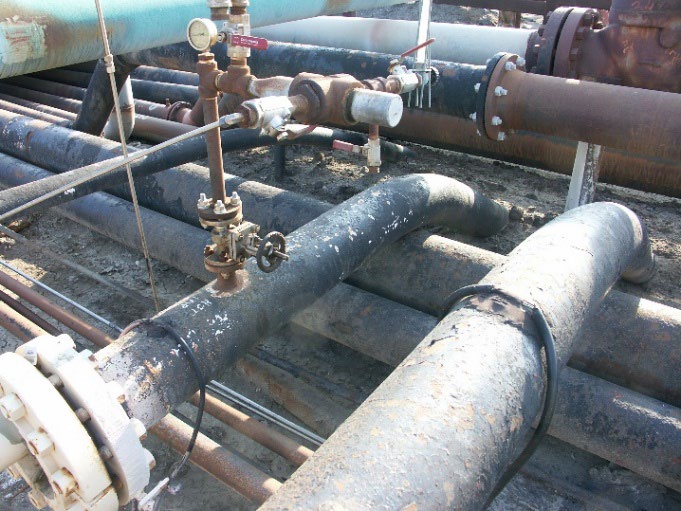 Pipe Shorted to a Crossing Foreign Pipeline.
Pipe Shorted to a Crossing Foreign Pipeline.